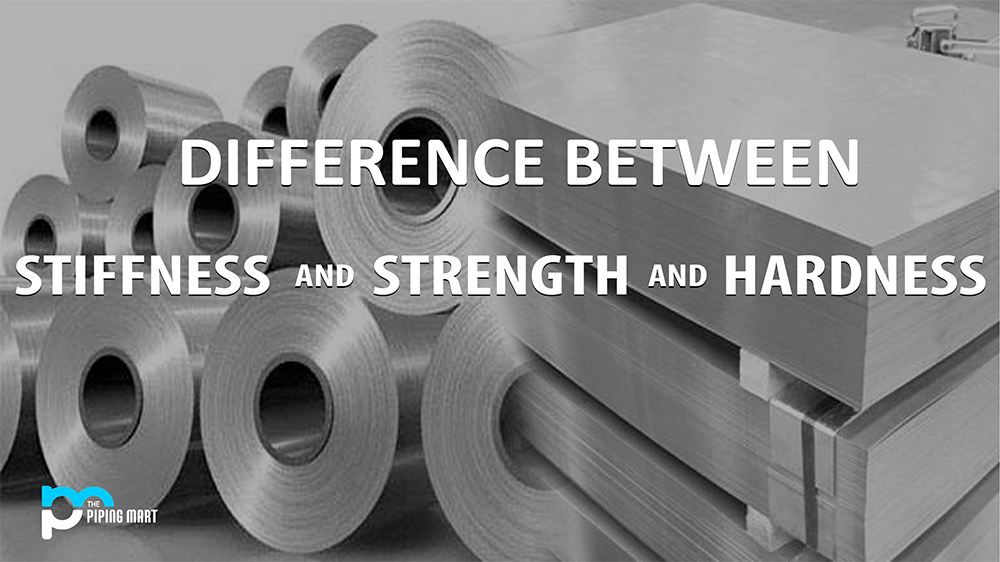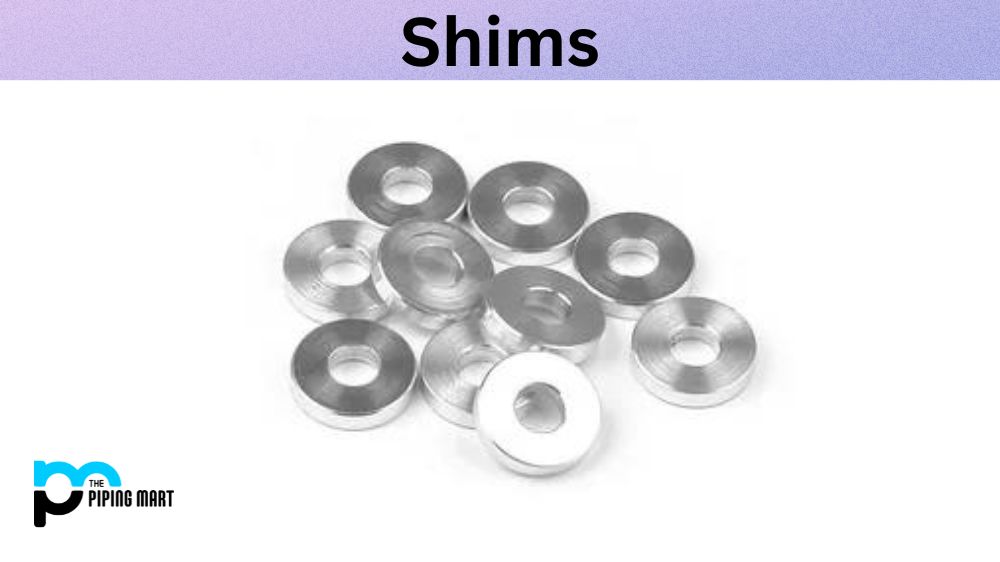Electroplating is a process used to deposit a thin layer of metal onto the surface of an object. This process has been used for centuries but has become increasingly popular in recent years as it offers an efficient and cost-effective way to improve the durability and appearance of many products. Here, we’ll discuss how electroplating works and explore some of its most common applications.
How Does Electroplating Work?
The electroplating process involves placing a negatively charged object into a bath of positively charged ions. An electric current then passes through the solution, causing the positively charged ions to be attracted to the negative object. As these ions attach themselves to the object, a thin layer of metal is deposited on its surface. The resulting layer typically measures between 0.00001 – 0.0005 inches thick, depending on what is being plated and how long it remains in the bath.
Applications of Electroplating
Electroplating is used in a wide range of industries, including automotive manufacturing, medical device manufacturing, aerospace engineering, jewellery-making, electronics production, and much more. It can be used to add corrosion resistance or decorative finishes to many products. Additionally, it can be used to harden surfaces or improve electrical conductivity by adding layers containing specific materials such as copper or zinc.
In automotive manufacturing, for example, electroplating is often used to coat vehicle bodies with rust-resistant materials like chromium or nickel alloys in order to protect them from corrosion and damage from road debris. In electronics production, electroplating is applied to printed circuit boards in order to provide protection against moisture damage and oxidation that can cause short circuits over time. It can also be applied to jewellery items such as rings and necklaces in order to give them a glossy finish that will last for many years without tarnishing or fading away due to exposure to water or other environmental elements like UV light rays from sunlight.
- To protect metals from corrosion
- To increase the electrical conductivity of a metal
- To increase the hardness of a metal
- To improve the aesthetic appearance of a metal
- To prevent wear and tear
Conclusion:
Electroplating has become an invaluable tool across many industries due to its ability to efficiently apply protective layers or decorative finishes while also improving product durability and electrical conductivity when necessary. Its use continues to grow due to its versatility and low costs associated with mass production applications where hundreds or even thousands of identical objects may need coating at once with minimal labour costs involved in the process itself – making it one of the most important technologies available today for manufacturers who are looking for ways to reduce their overhead expenses while still maintaining high-quality standards within their own production lines. With so many potential applications out there, electroplating will surely remain popular for years (if not decades) into the future!

A passionate metal industry expert and blogger. With over 5 years of experience in the field, Palak brings a wealth of knowledge and insight to her writing. Whether discussing the latest trends in the metal industry or sharing tips, she is dedicated to helping others succeed in the metal industry.




